Western accounts of the Crusades frequently see the Islamic Middle East as homogenous and barbaric, reproducing racist stereotypes that have plagued scholarship since the Victorian era – either in explicit form, or by echoing faulty narratives about the ‘clash of civilisations’. In reality, the Islamic world at the end of the 11th century it was anything but barbarous or homogenous. Indeed, the success of the First Crusade was largely due to the disunity and heterogeneity of Islamic political culture. Islamic perspectives on the Crusaders are accordingly far from uniform: they are complex and multi-faceted.
To lay the groundwork for understanding Islamic perspectives on the Crusades, we should take a brief summary of Islamic political history, and then examine the surviving historical record for contemporary responses.
The Islamic World
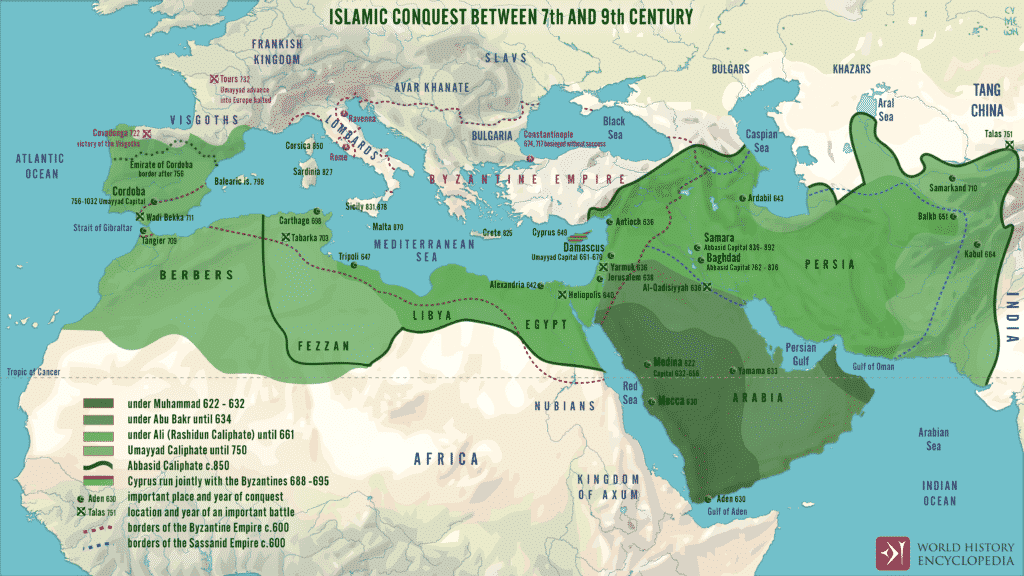
The political alliances and military campaigns undertaken by the Prophet Muhammad united the post-Roman Arabian peninsula into a single government with a capital in Medina, modern Saudi Arabia, by the time of the Prophet’s death in 632 CE. His successors, known as the Rashidun (‘rightly guided’), would undertake a spectacular series of conquests in the mid-7th century which resulted in an enormous pan-Arabian empire, the Rashidun Caliphate, which stretched from Morocco in the West to the Iranian Plateau in the East. The successional dispute between Ali, son-in-law of the Prophet Muhammad, and the Levantine regional governor Mu’awiya set the permanent division between Sunni and Shia. Mu’awiya was victorious, and he became the first Umayyad Caliph.
The Umayyad dynasty would see the greatest extent of a single unified state in the East, incorporating the Maghreb, Iberia and Transoxiana. However, the Abbasid Revolution of 750 CE led to the gradual break-up of this vast unified territory, with separate and competing dynasties governing different areas of the Muslim world: the Umayyads retained Iberia and the Maghreb, the Fatimids rose to dominate Egypt, and the Seljuk Turks siezed Baghdad in 1055 CE. The Seljuks were a Turko-Persian dynasty originating from Central Asia who briefly united the fractured Islamic Middle East under a single state in the 11th century.
‘The Year of the Death of Caliphs’
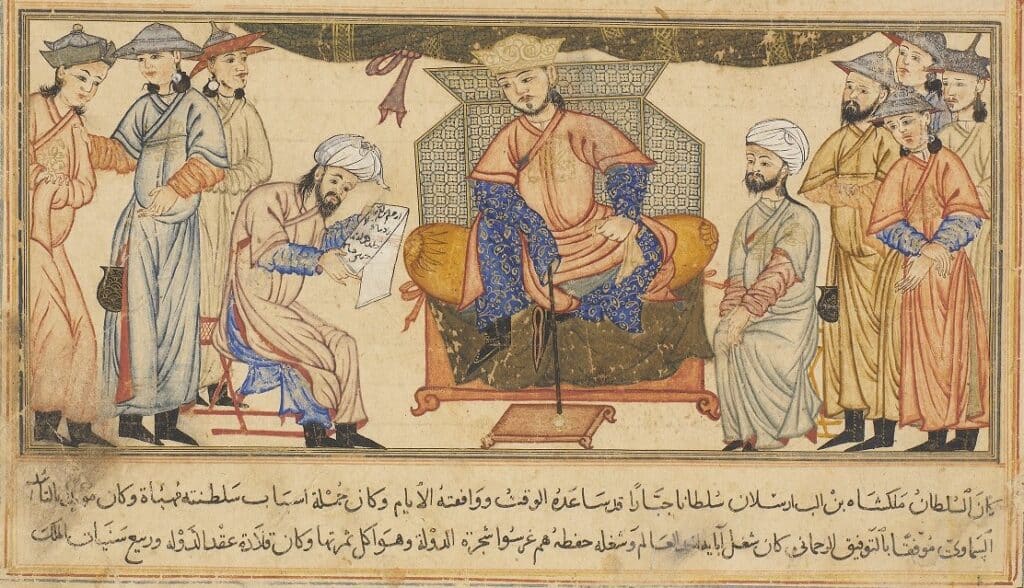
Modern scholars assess that the victory of the Crusaders in the First Crusade was largely enabled by fatal disunity between the Seljuk successor states – between 1092 and 1094, every single major head of state in the Islamic world died, in an unending succession of political intrigues, accidents, and deaths from natural causes. Ibn Taghribirdi, a historian writing in the 15th century in Mamluk Egypt, calls 1094 CE “the year of the death of caliphs and commanders”. From the perspective of Crusades history, by far the most important death was that of Seljuk Sultan Malik-Shah I – the unified Seljuk state was split between his four sons, who all rapidly fell to squabbling. Academics have likened the ensuing wave of regional political instability to the disintegration of the USSR in the late 1980s. In Anatolia, Malikshāh was succeeded by Kilij Arslan, whose ‘Sultanate of Rum’ had expansionist ambitions in lands claimed by the Byzantine Empire. It is this that Pope Urban II referenced in his 1095 letter to the Crusaders when he wrote that “barbaric fury has deplorably afflicted and laid waste the churches of God in the regions of the Orient”.
‘The Clash of Civilisations’

Modern Islamic perspectives on the Crusades frequently characterizes Urban II as an extremist, a radical who was committed to exporting political Catholicism and militarizing Christianity. His tracts and bulls made great focus on the hardships faced by Middle-Eastern Christians, which were knowingly exaggerated by Byzantine witnesses in order to make the case for intervention stronger. Whether Urban II knew this or merely took them at face value, they certainly elided with his political goals. He conceived of Islam not really as a ‘separate’ religion, with its own histories, belief structures and conceptions of the divine, but merely as a heresy against God. The extremism of the Catholic Church is often characterised as linked to the backwardness of European political society: an illiterate peasant class, bonded to the land; a violent and unrefined knightly class who were causing trouble at home; a greedy and powerful Church. These are all contrasted – not unduly – with the Islamic world’s literacy, scientific advancement and political sophistication.
This is a valuable antidote to Western-centric simplistic narratives of the Crusades that portray the Islamic world as barbaric – it certainly was not. But this argument runs parallel, within the same overarching paradigm: we can conceive of it as the mirror of the attitudes expressed by Western ideologues, who see modern conflict in the Middle East as a continuation of this age-old ‘clash of civilisations’. It doesn’t break the mold and get to any deeper historical truths.
Deeper Truths
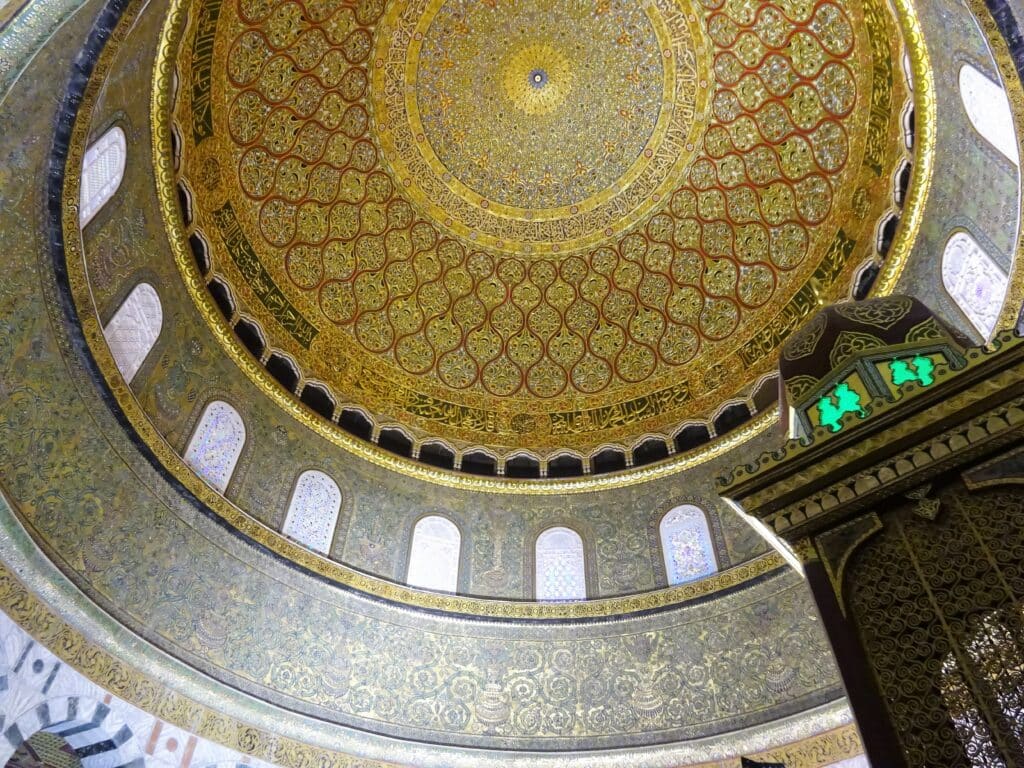
For those deeper, more complex truths, we have to look at contemporary Islamic writers from the medieval era. Muslim chroniclers to do not associate the beginning of the Crusader era with a ‘clash of civlisations’, or even really any religious dynamics at all. Most associate it with geopolitical interests, showing an impressive grasp of the situation – usually referencing the fall of the Taifa of Toledo in 1085 CE, and the Sicilian Normans taking Mahdia, Tunisia in 1087 CE. The Kitab al-Jihad (“Book of Struggle”) written in 1105 CE by al-Sulami castigates Muslims for failing to ceaselessly resist Crusader presence in their lands – implying that most Muslims accustomed themselves to the political dynamics of the Crusader states and the presence of Westerners very quickly. Ibn Jubayr (1145-1217 CE) observed in the Levantine Crusader states a peaceful hybrid-society characterised by the co-existence of Frankish (Western Christian) rulers and Muslim subjects – his writing has the ring of truth, since he thoroughly disproves of it!
A Starting Point
A brief article like this cannot hope to span the complex responses of different Islamic writers in differing historical contexts, but what is clear is that the Islamic world was not a unified bloc – and we should be extremely wary of modern historians (and politicians) who oversimplify in order to present it as such.

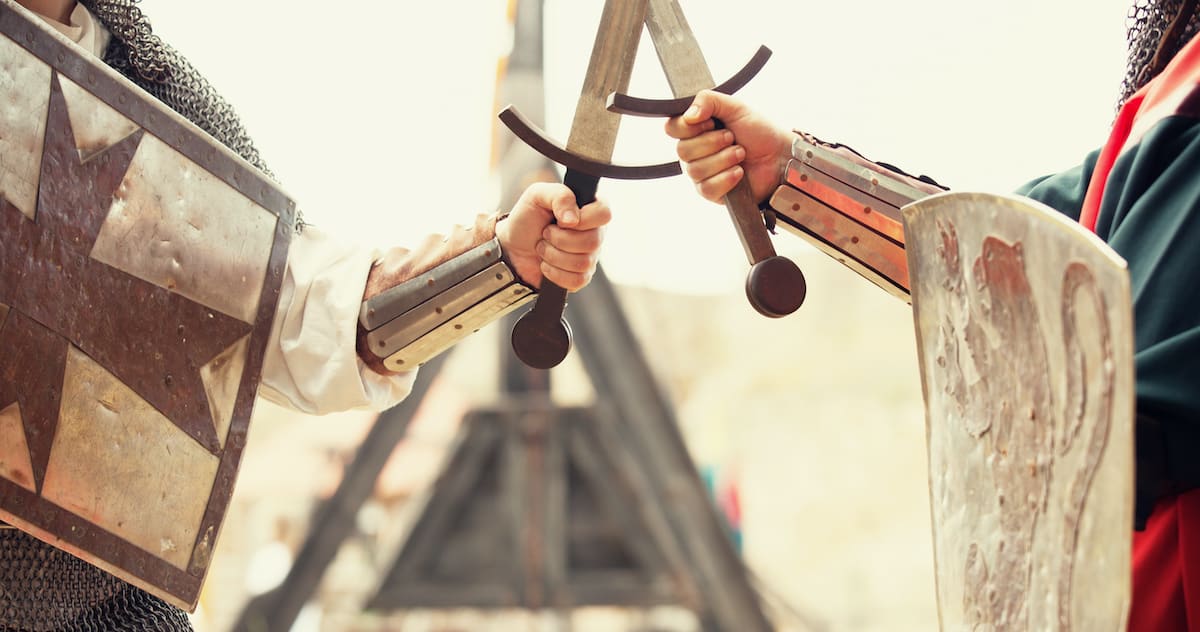 Historical Swords
Historical Swords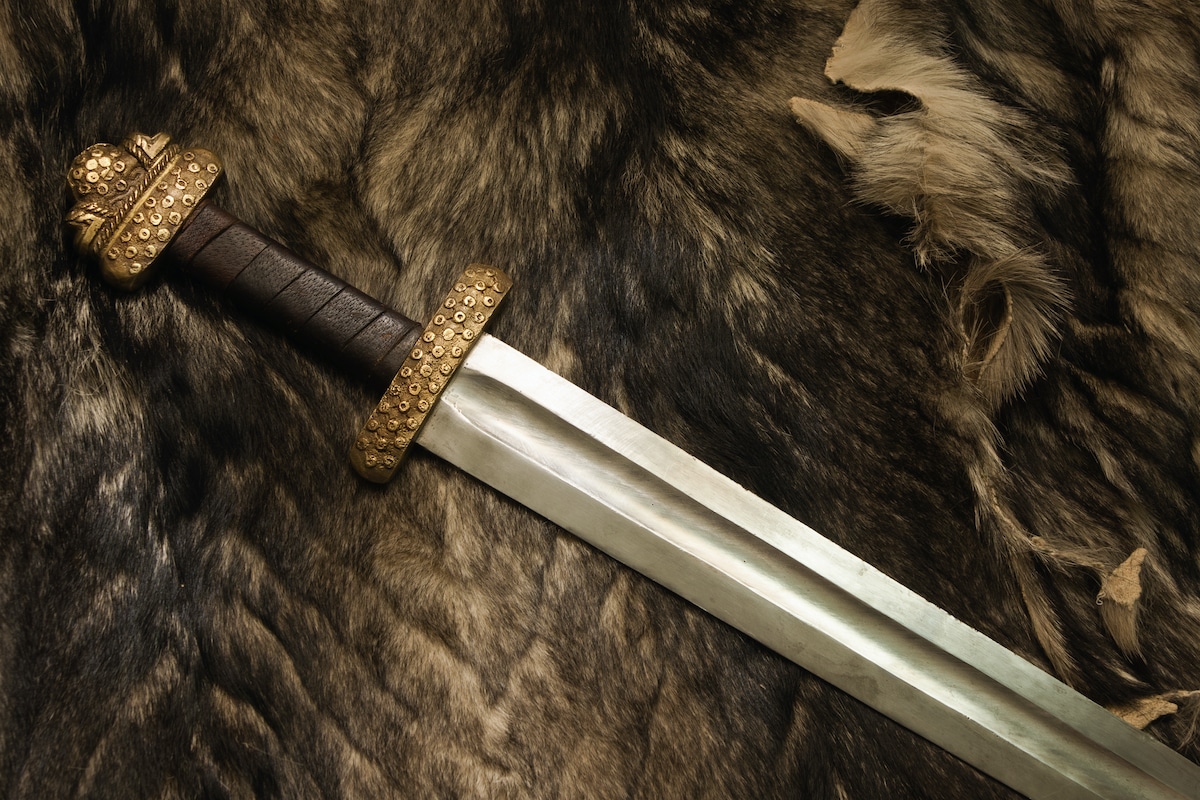 Norse & Viking Swords
Norse & Viking Swords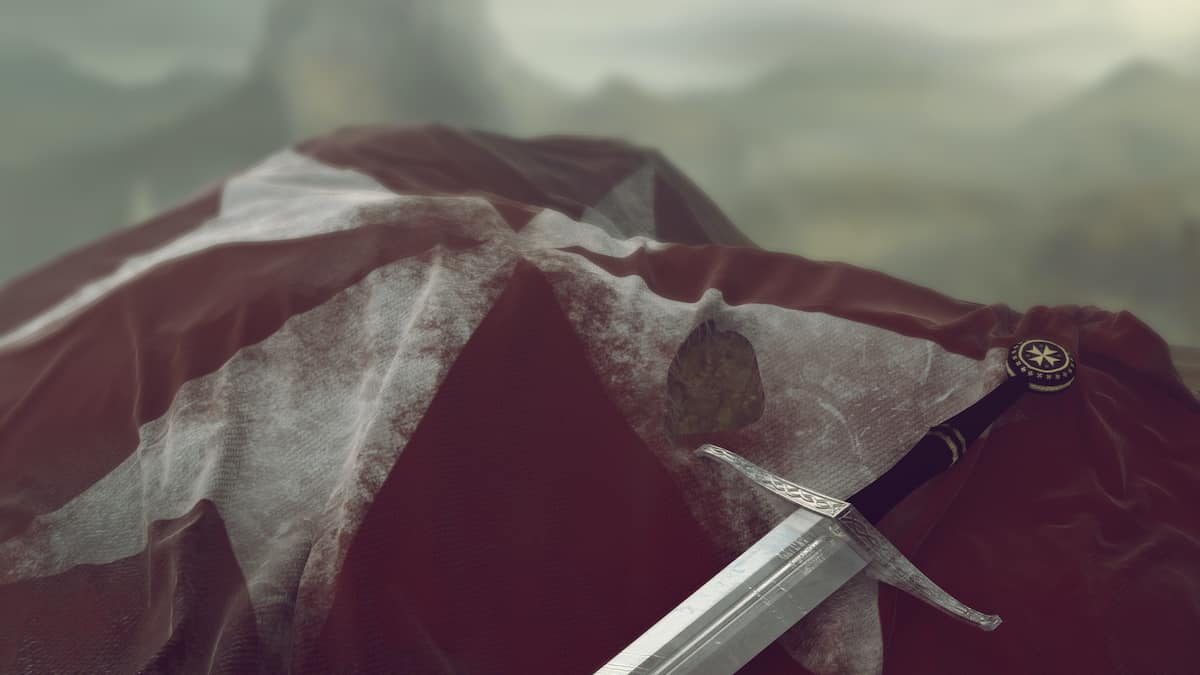 Templar Swords
Templar Swords Claymore Swords
Claymore Swords Fantasy Swords
Fantasy Swords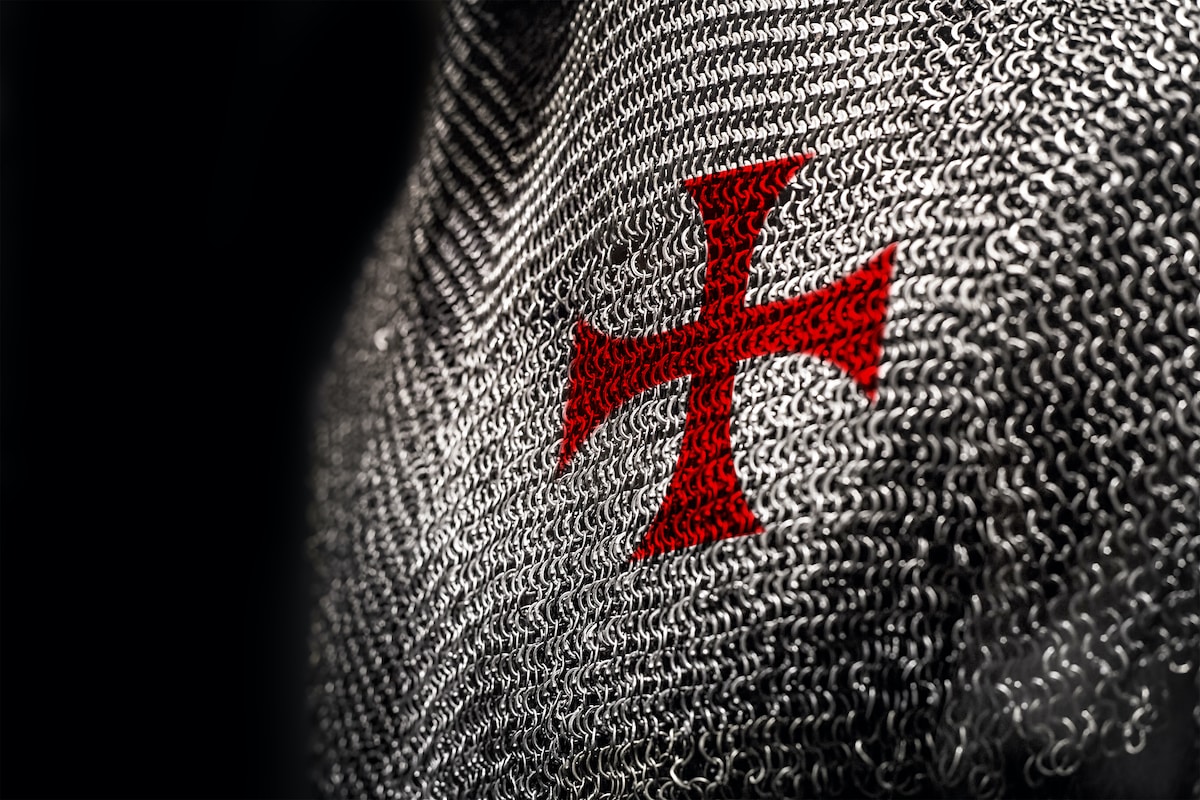 Chainmail
Chainmail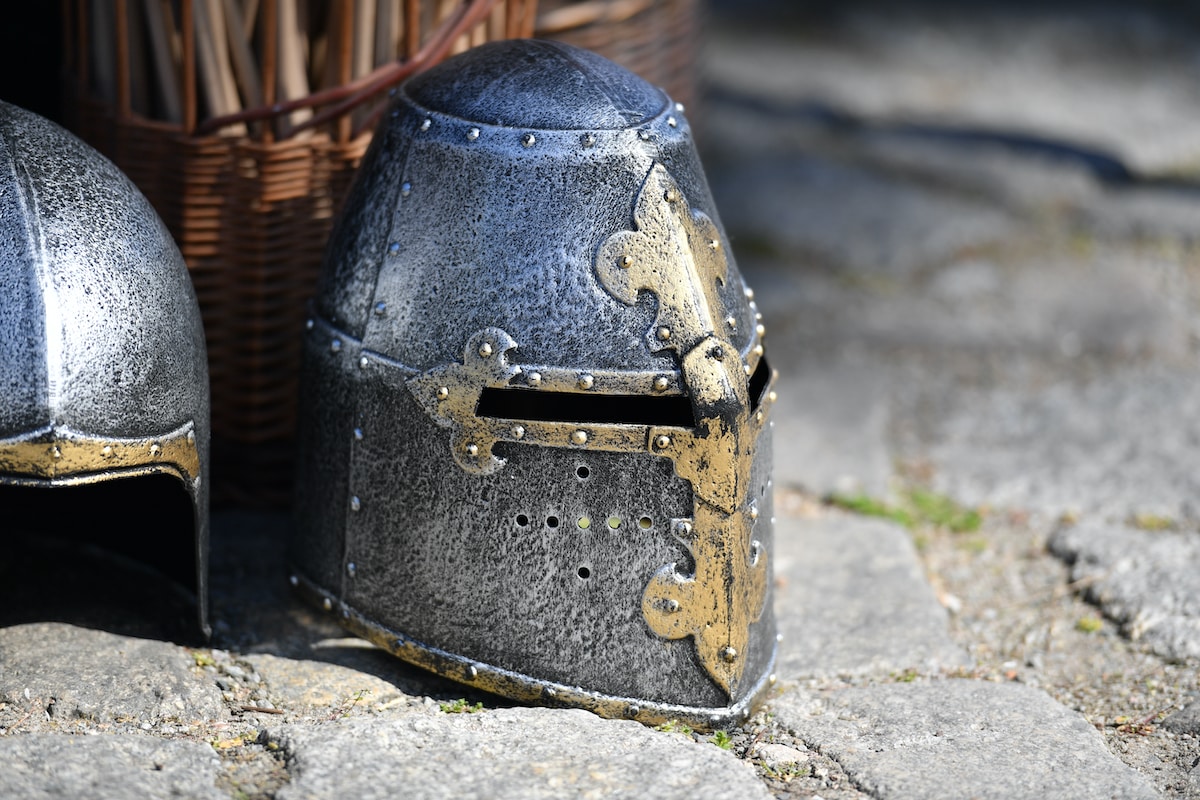 Helmets
Helmets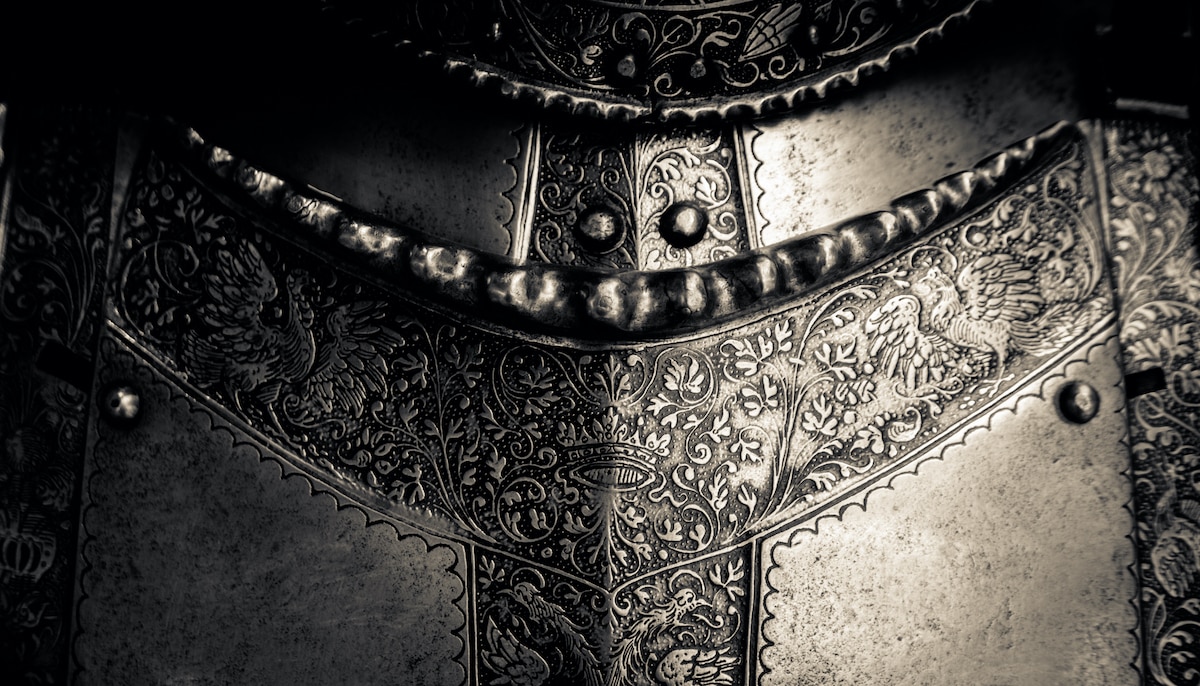 Torso Armor
Torso Armor Bracers and Arm Protection
Bracers and Arm Protection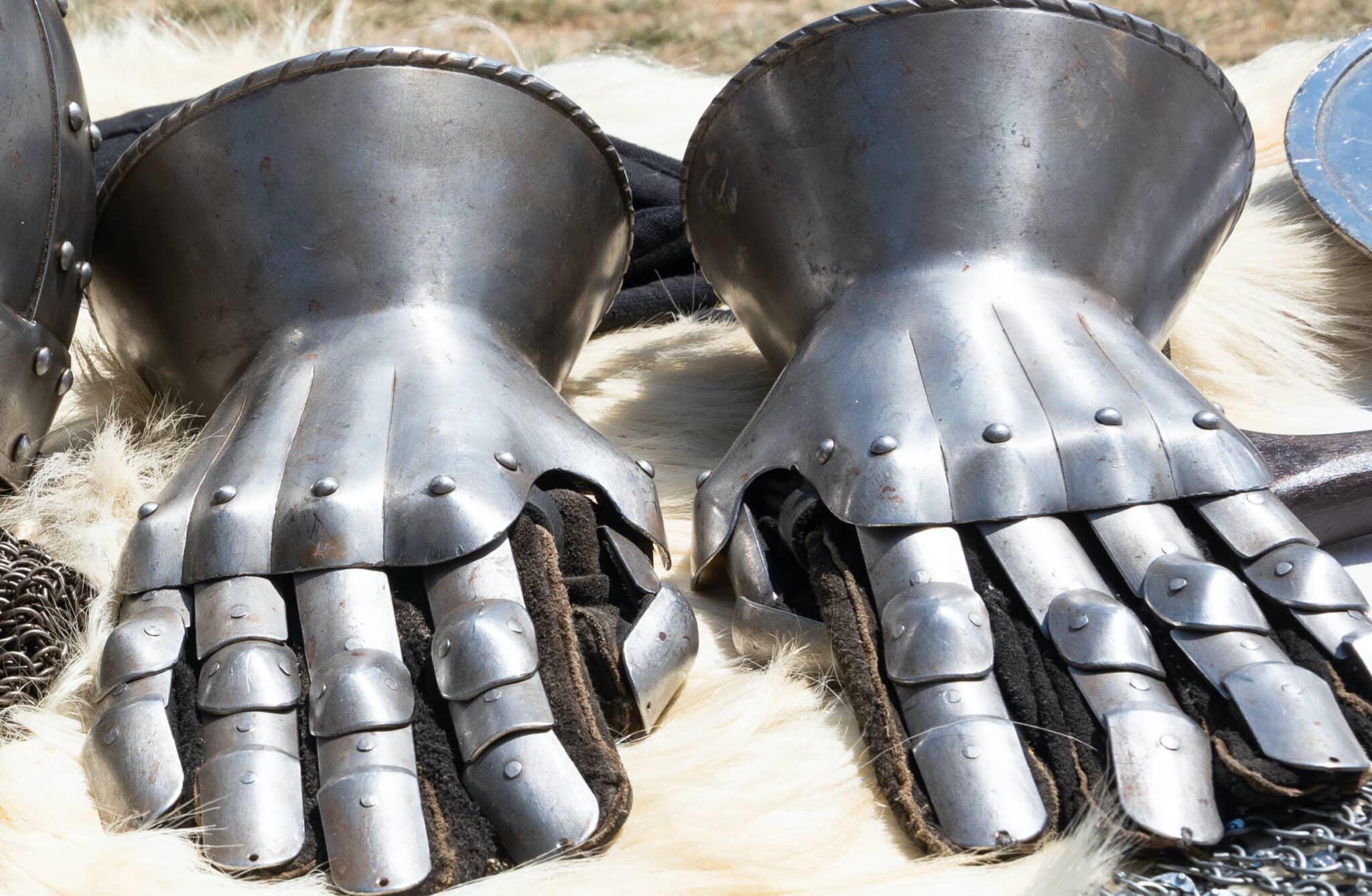 Gauntlets
Gauntlets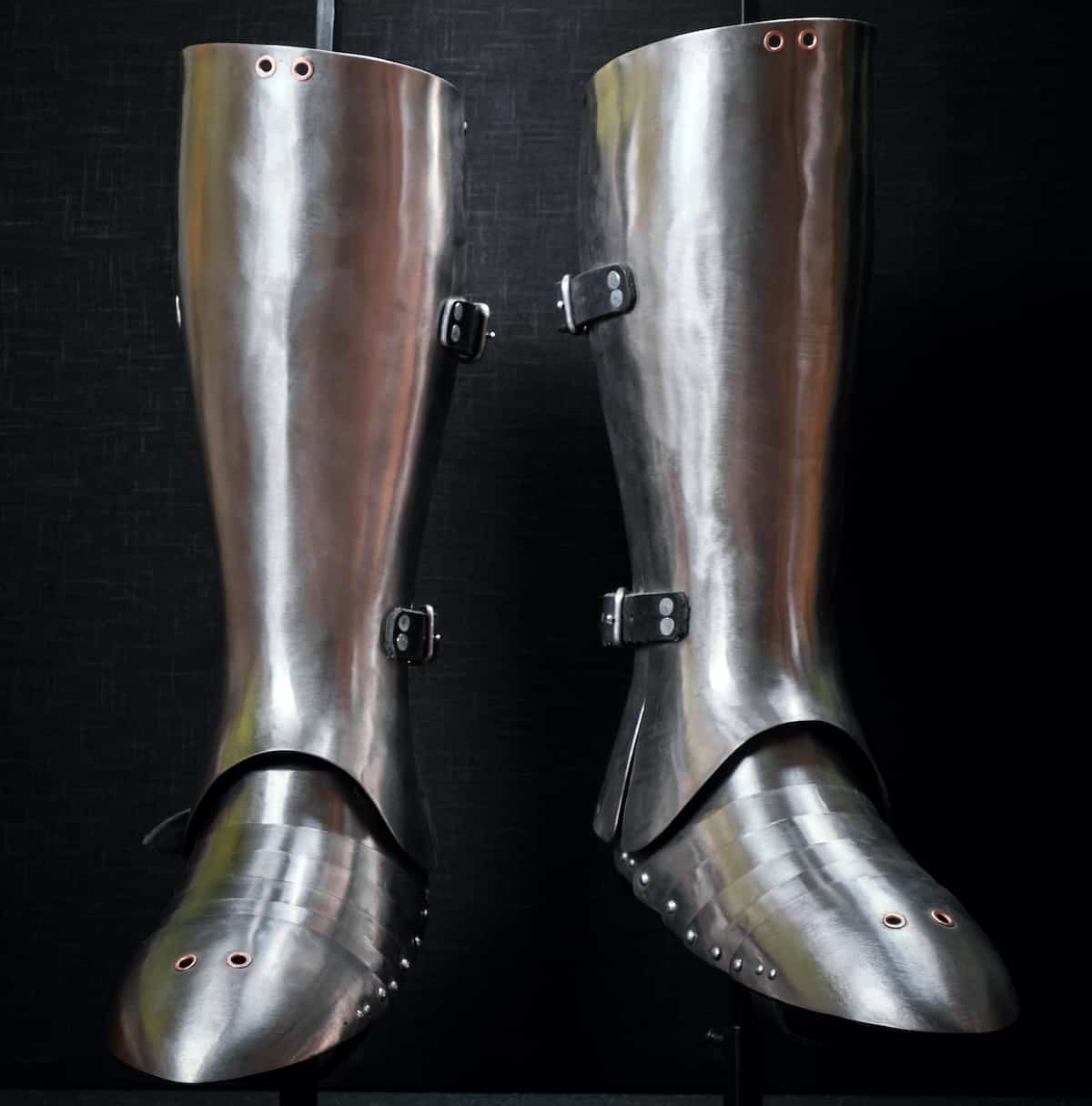 Leg Armor
Leg Armor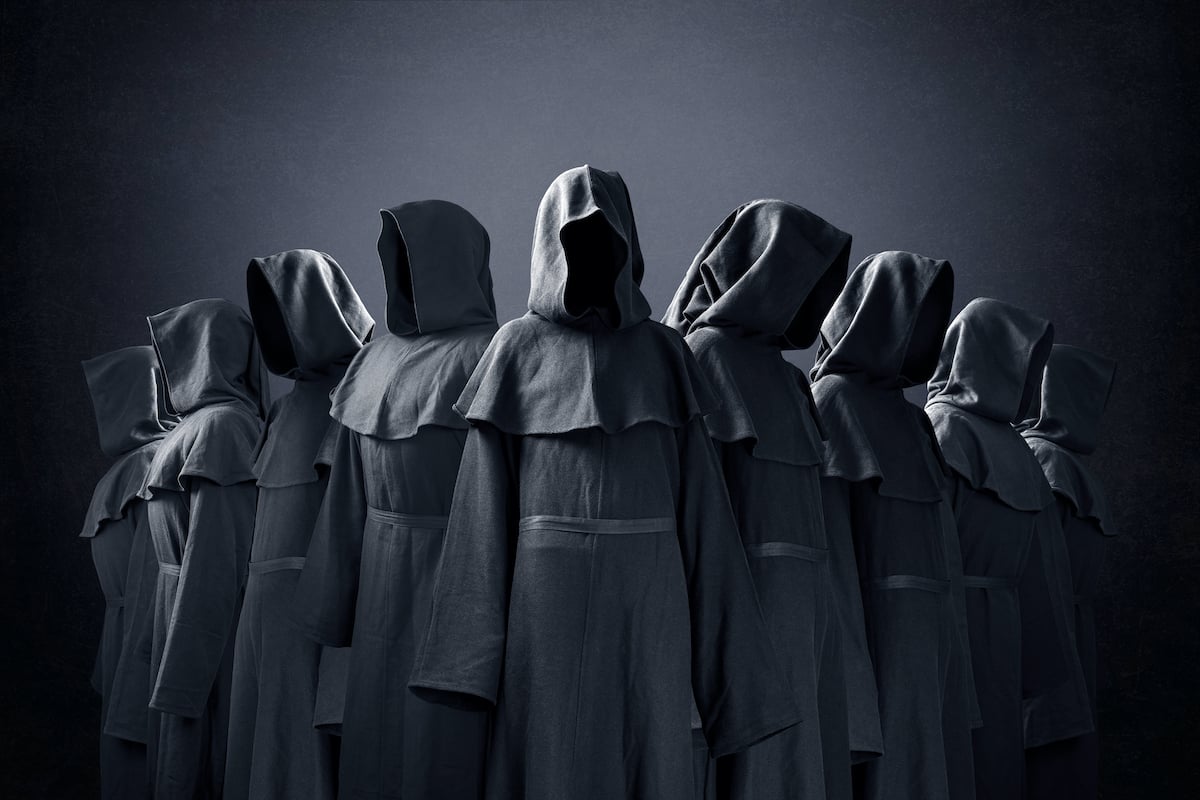 Cloaks
Cloaks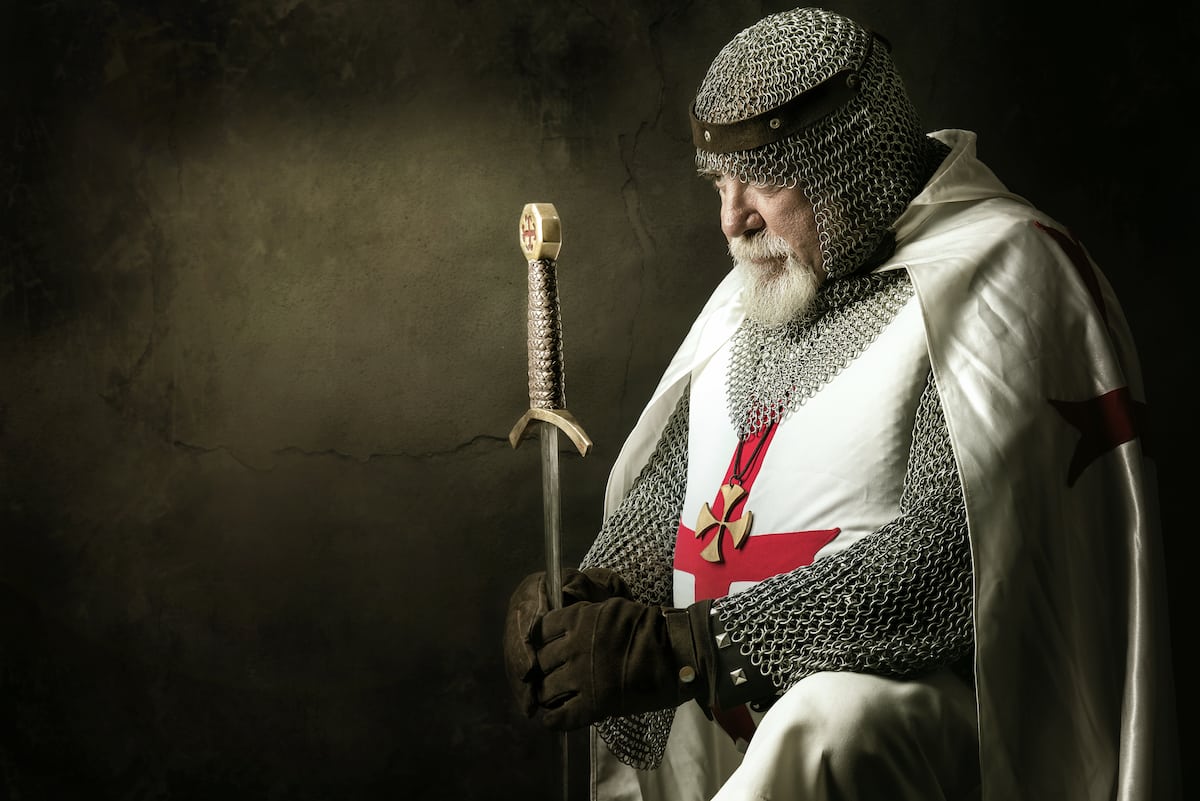 Tabards
Tabards Shirts
Shirts Tunics
Tunics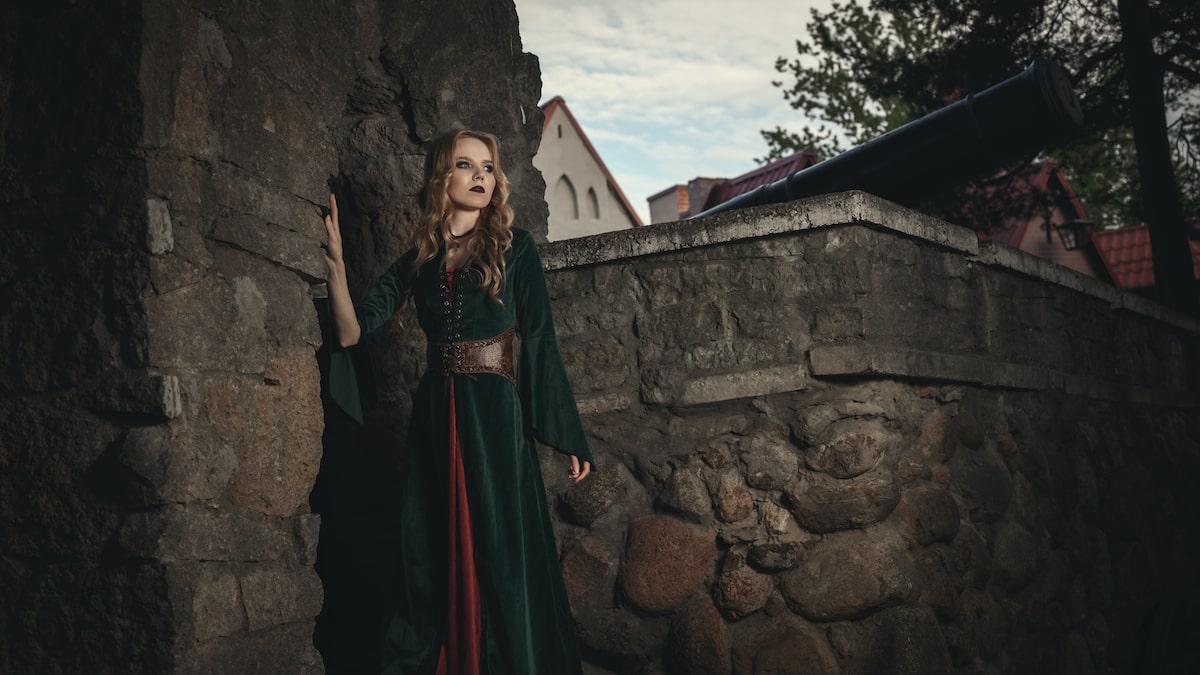 Dresses
Dresses Pants
Pants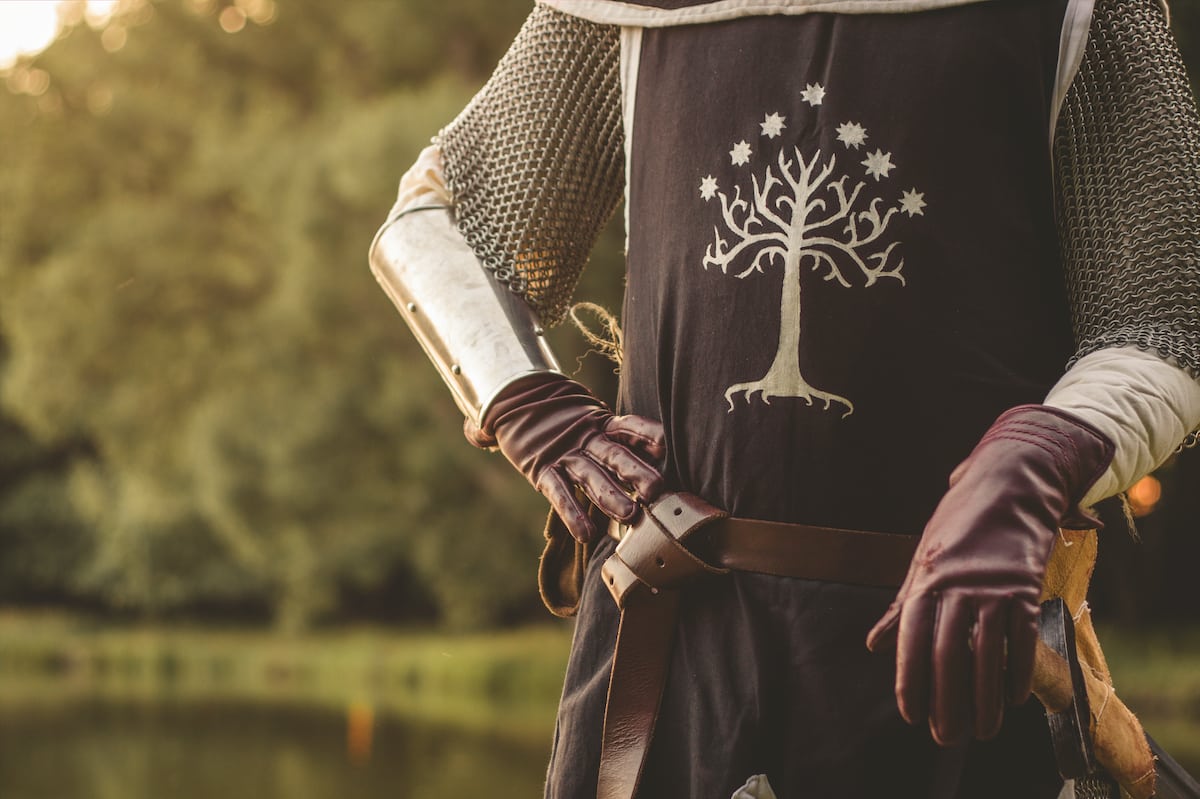 Gloves
Gloves Belts
Belts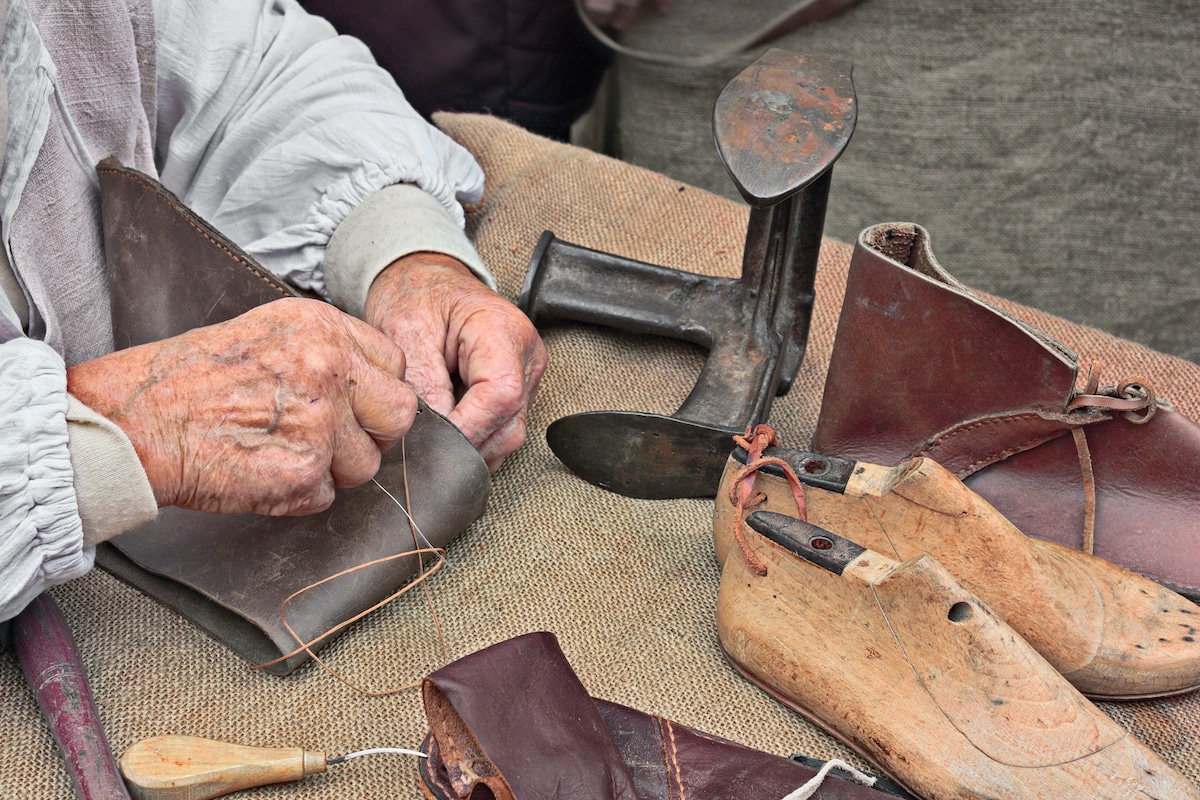 Shoes
Shoes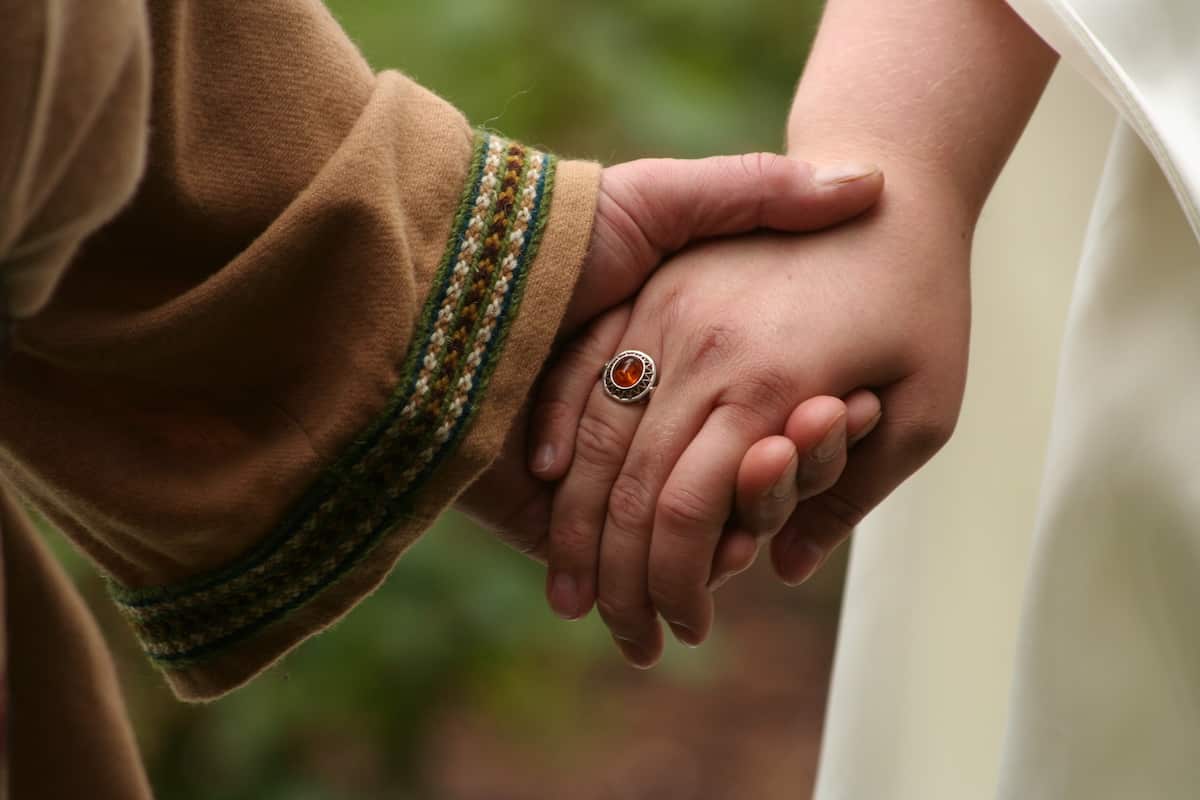 Rings
Rings Necklaces & Pendants
Necklaces & Pendants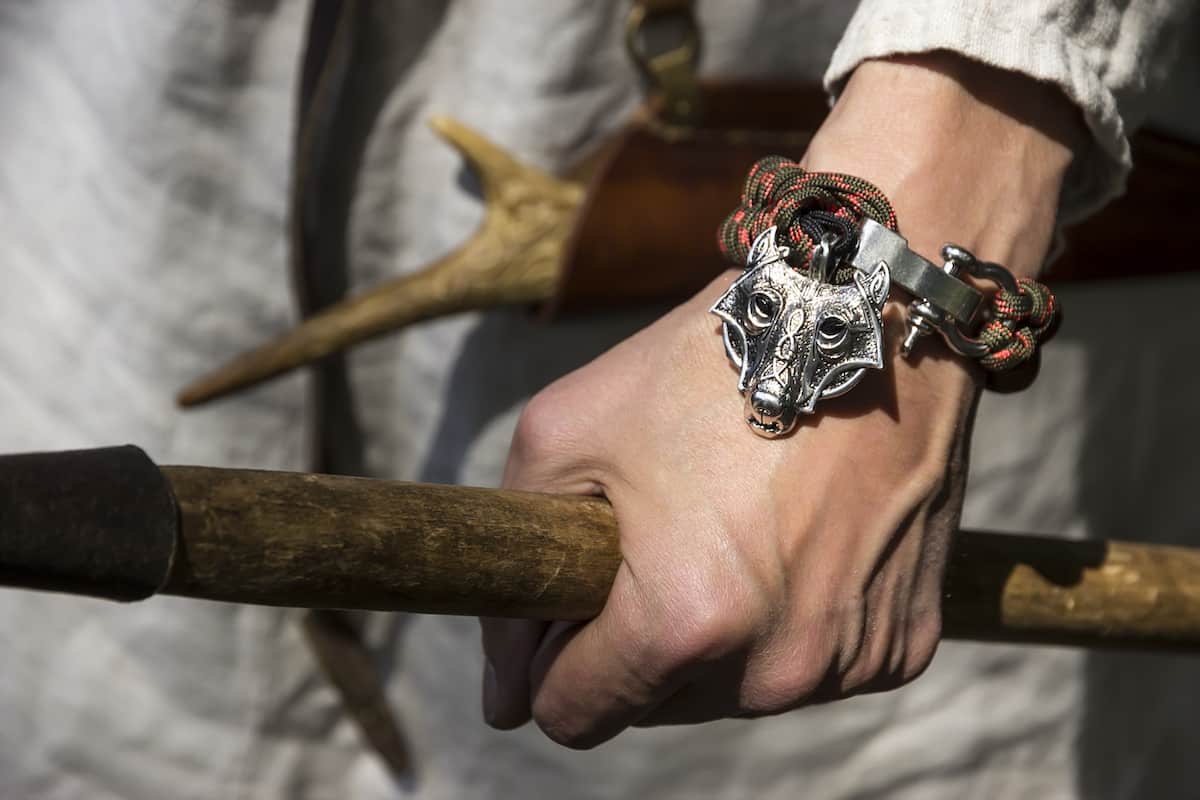 Bracelets
Bracelets


